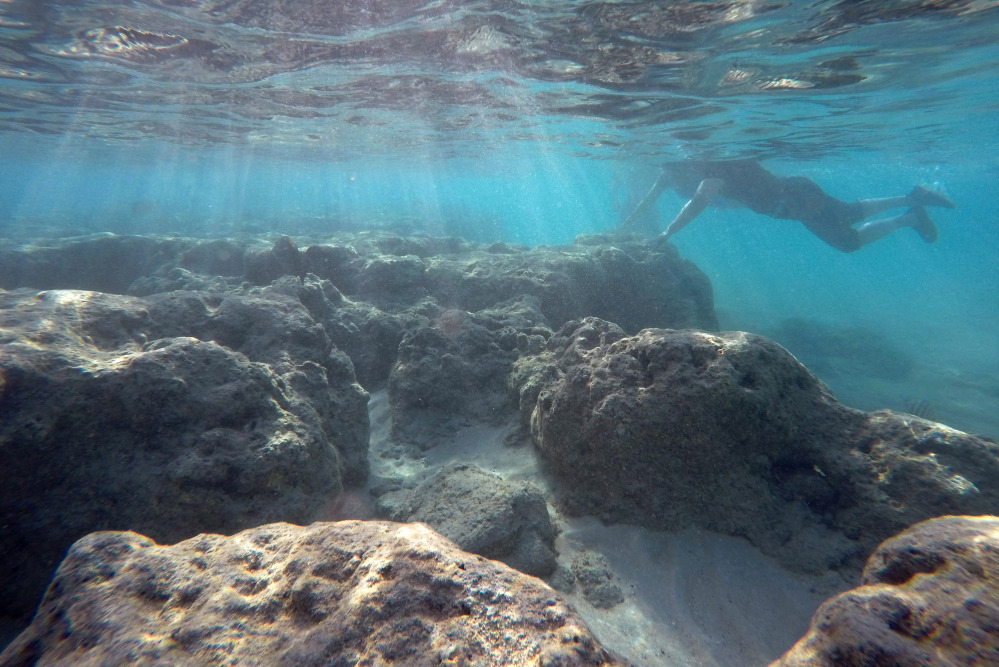HONOLULU — After the most powerful El Nino on record heated the world’s oceans to never-before-seen levels, huge swaths of once vibrant coral reefs that were teeming with life are now stark white ghost towns disintegrating into the sea.
And the world’s top marine scientists are still struggling in the face of global warming and decades of devastating reef destruction to find the political and financial wherewithal to tackle the loss of these globally important ecosystems.
“What we have to do is to really translate the urgency,” said Ruth Gates, president of the International Society for Reef Studies and director of the Hawaii Institute of Marine Biology.
Gates, who helped organize a conference this week for more than 2,000 international reef scientists, policymakers and others, said the scientific community needs to make it clear how “intimately reef health is intertwined with human health.”
The International Coral Reef Symposium convenes Monday to try to create a more unified conservation plan for coral reefs. She said researchers have to find a way to implement large-scale solutions with the help of governments.
Consecutive years of coral bleaching have led to some of the most widespread mortality of reefs on record. While bleached coral often recovers, multiple years of bleaching increases the risk of death.
Researchers have achieved some success with projects such as creating coral nurseries and growing forms of “super coral” that can withstand harsher conditions. But much of that science is being done on a very small scale.
Bob Richmond, director of the University of Hawaii’s Kewalo Marine Laboratory, said the problems are clear: “Overfishing of reef herbivores and top predators, land-based sources of pollution and sedimentation, and the continued and growing impacts of climate change.”
Reefs not only provide habitat for most fish consumed by humans, but they also shelter land from storm surges.
Send questions/comments to the editors.


